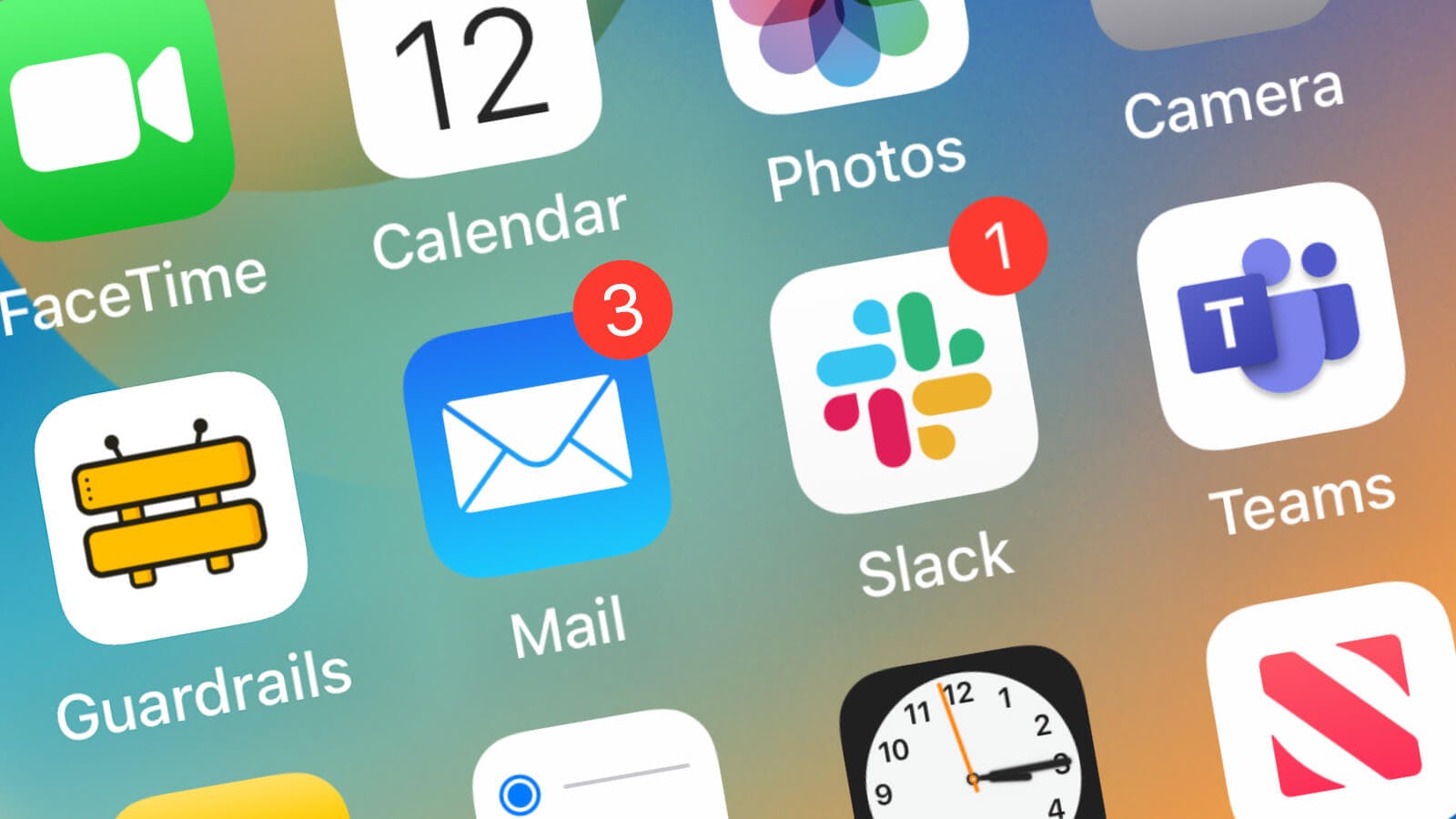Announcement
Route alerts to the right people with dynamic notification rules
New account-level permissions and flexible notification routing help app teams respond faster to cloud governance alerts.
Turbot Team
5 min. read - Apr 14, 2025

New account-level permissions and flexible notification routing help app teams respond faster to cloud governance alerts.
